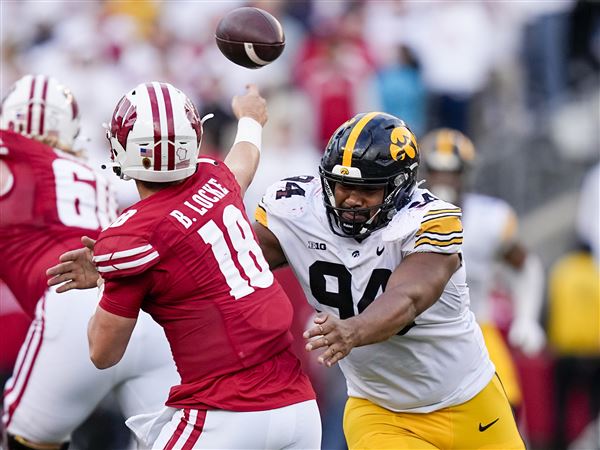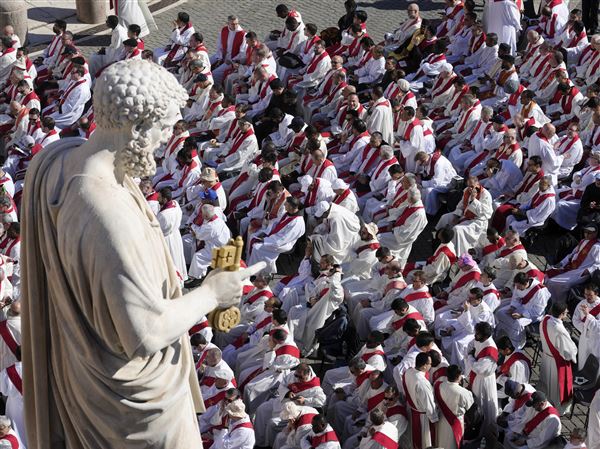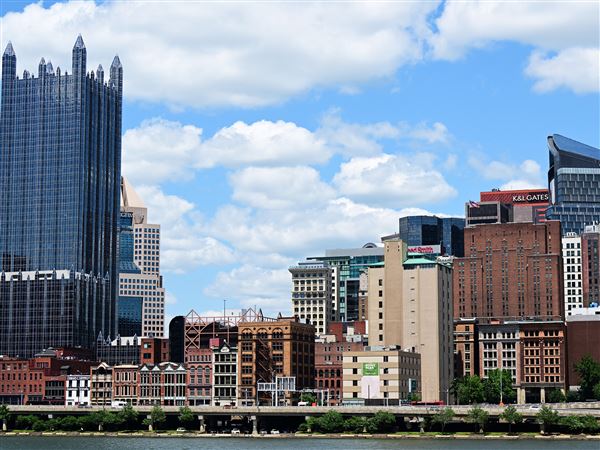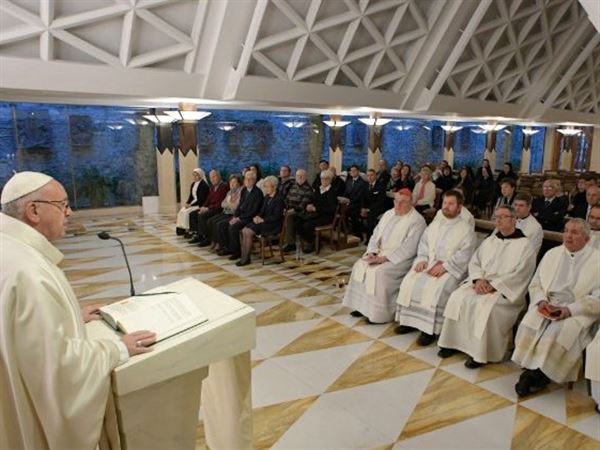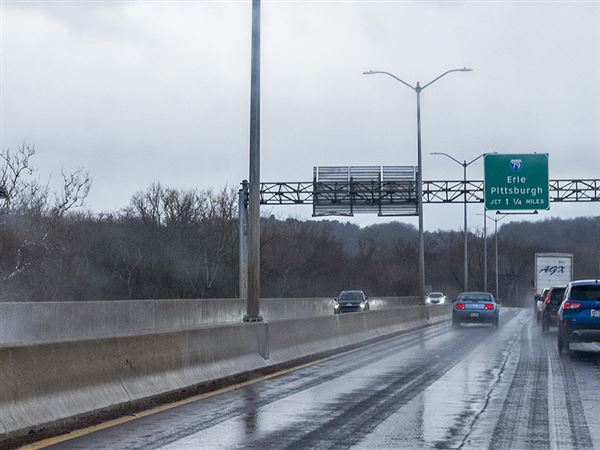Under normal circumstances, tattoo artist Erin Hosfield books clients a few months in advance. But as of now, her schedule is full through 2021 and clients looking for one of the nature-themed sleeves or fantastical character illustrations featured on her Instagram will have to wait until the fall to even call to schedule an appointment.
This is not where she expected to be a few months ago.
When the pandemic forced Kyklops Tattoo, the South Side studio where Ms. Hosfield works, to close in March, she was worried. Then two weeks became a month, then two months, then three. Ms. Hosfield is paid based on the work she does on the shop’s clients, so she didn’t have a regular income and the convoluted state unemployment compensation process didn’t help either.
But when Kyklops reopened June 8, Ms. Hosfield found herself with three months’ worth of clients to reschedule — not counting all the new requests from people who’d been waiting to schedule an appointment when the lockdown lifted.
“It is so much crazier than I thought it was going to be,” she said. “There were times during the summer, when we were stuck at home, that I was wondering about my career, like, ‘Am I going to have one?’”
In the current economic climate, with a recession settling in and no clear indication of whether the federal government will be able to provide adequate aid for unemployed and uninsured Americans, it certainly wouldn’t be surprising for the demand for tattoos to go down. Large pieces, like full-back or sleeve art, can cost thousands of dollars, and shop-defined minimum prices mean that even small tattoos often cost $50-$100, not including tip.
Instead, many shops are finding demand is higher than ever.
Eric Ryan Galluzzo, who runs Dark Matter Studios in Manchester, saw an overwhelming client response when the shop reopened. He’s hired another artist, a colleague who worked at a different shop that closed permanently because of the pandemic, to keep up with the demand. Mr. Galluzzo has closed his appointment books until October, though the other artists at the studio are still scheduling clients.
He considers himself lucky — relatively speaking — to have had travel plans over part of the lockdown period, meaning that he’d already had plans to be away from the shop.
“Had I not had that cushion, it would have been a completely different story,” he said.
The tattoo boom isn’t universal. Bob Lang, who runs the Accents in Ink shop in Castle Shannon, hasn’t seen such an overwhelming rush of bookings. He’s seen a lot of enthusiasm from clients, but chalks it up to people finally being able to get the summer tattoos they’d been planning on showing off at the pool.
“The time we were shut down is when business starts to get busy again,” he said.
To comply with social-distancing regulations, tattoo shops have instituted restrictions on how many people are allowed inside at a time, as well as mask-wearing requirements and even-more-frequent sanitizing of surfaces.
Tattooing requires that the artist and client be in close proximity to each other — sometimes for hours at a time — so it’s especially important that both shops and clients make an effort to keep each other safe.
Mr. Lang is the only artist at Accents in Ink, so he allows clients to bring a maximum of one person with them to appointments. That person has to sit six feet away.
Overall, though, he said, “A tattoo shop, to begin with, is a sanitary place, so besides allowing only two people in at one time and the masks, otherwise there hasn’t been a huge difference.”
Federal OSHA rules require that tattoo artists wear gear to prevent any exchange of bodily fluids while they work, including gloves, barrier gowns and goggles or face shields.
All equipment is either fully sterilized or replaced between clients, and the shop itself has to be easy to clean on a regular basis.
Mr. Galluzzo has decided to prohibit clients from bringing other people with them to appointments at Dark Matter — with three artists, it’s more difficult to spread out safely throughout the space if everyone brings a friend — and he says visitors have respected the need for enhanced safety procedures.
“Thankfully, everyone’s been really understanding,” he said.
Ms. Hosfield says she’s happy to be back at work, even if the initial scheduling crush was stressful.
“This is amazing, and also very overwhelming at the same time. ... I don’t know if this will happen again, so I’m trying to prevent the absolute disaster I had the first time of booking three months of people on top of another three months that already existed,” she said. “I’m just going to take it a couple months at a time.”
Eva Hill: ehill@post-gazette.com, (412) 263-1590
First Published: August 13, 2020, 10:30 a.m.
